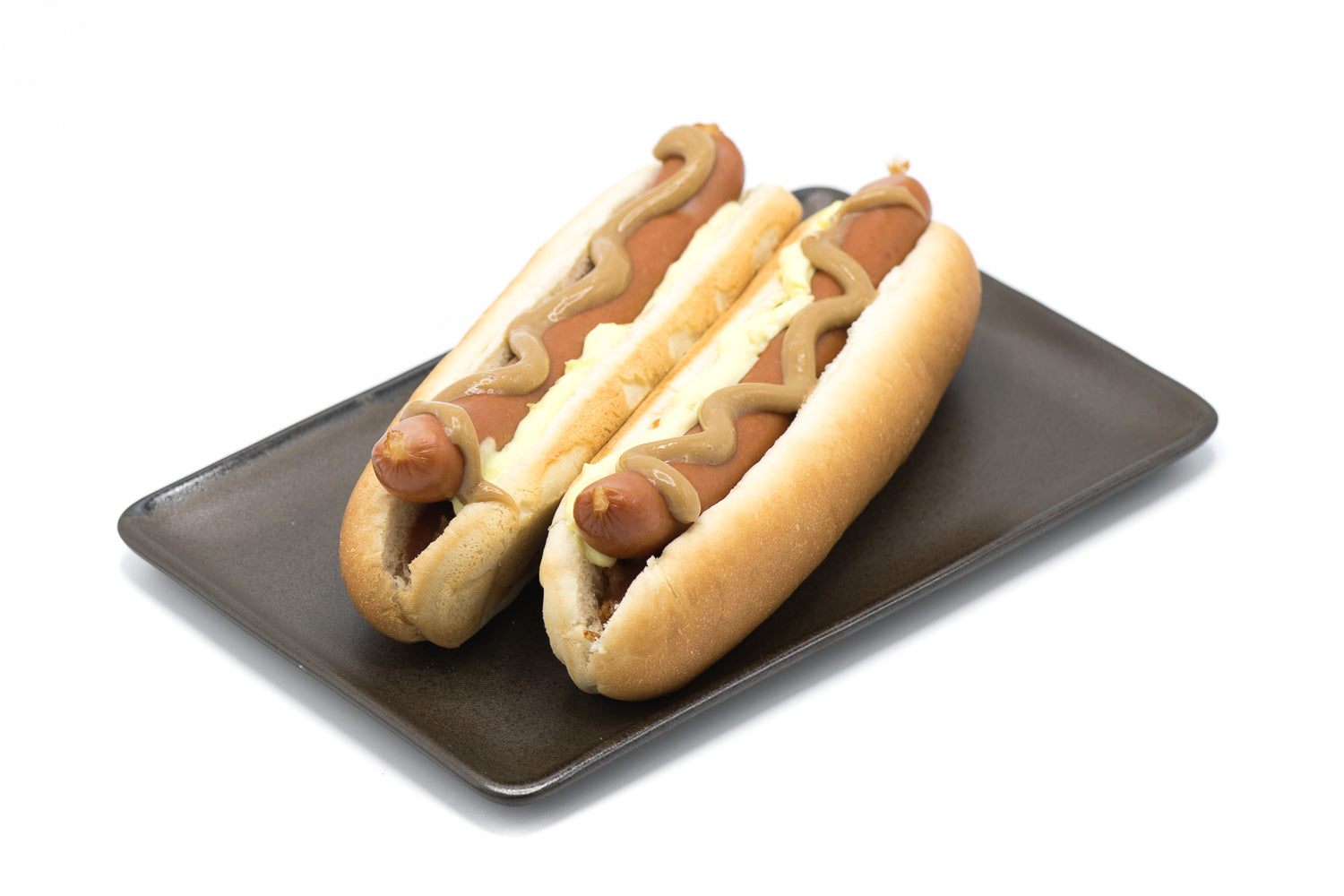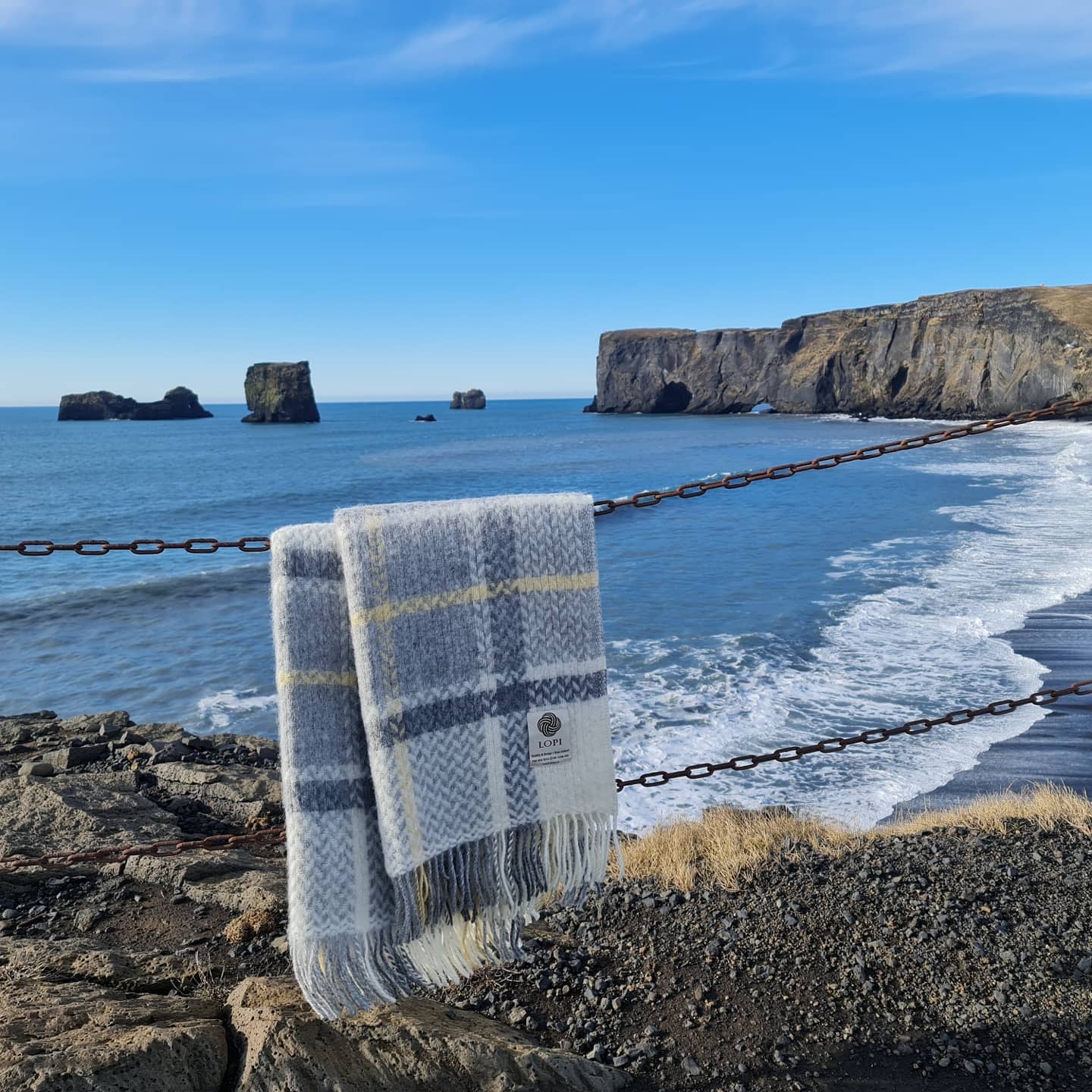
The authentic Icelandic sweater - Lopapeysa
When you buy “Greek Feta” or “French Champagne,” you can rest assured that you’re getting nothing other than an authentic item made in the country it claims to be from. How come, you ask? Both these names have legal protection, preventing just anyone from attaching them to their products.

How can you tell if an Iceland sweater is real and not fake?
As of March 2020, the same thing applies to Iceland’s lopapeysa sweater. This means that, to earn the label “lopapeysa,” a sweater must meet the following criteria:
- It’s handcrafted in Iceland.
- It’s made using wool from Icelandic sheep.
- Its material only contains virgin wool (not recycled wool).
- It’s made from select types of wool, including thinner léttlopi wool, Álafosslopi wool, and unspun plötulopi wool.
- It has a knitted circular yoke that contains either patterned benches or patterned shapes (from the shoulder to the neck).
- It’s knitted in a circular fashion with no seams.
- Its design is either an open front or a whole sweater.
The lopapeysa now officially has Designation of Origin status, meaning the Icelandic Food and Veterinary Authority has confirmed that the item will be legally protected.
The move came after the knitters in Iceland requested the sweater’s consideration, pointing out that its design and cultural background is very specific to Iceland.
What makes the lopapeysa so special?
The lopapeysa isn’t just a relic from Iceland’s past — it’s still a staple wardrobe item for countless people in the country. Many Icelandic people knit their own sweaters, including some men. Although this is still a primarily female pastime, nobody lets prejudices or stereotypes get in the way when it comes to enjoying the traditional hobby.

The power of Icelandic wool
In a country as cold as Iceland, few things are more important than staying warm — especially if you’re a worker out in the elements all day, like a farmer or fisherman. There’s nothing quite like the Icelandic sweater to help achieve that. So, leave your GORE-TEX and other fancy artificial materials at home, and let’s rewind to the way things used to be done.
Back in the day, wool and horse hides (soaked in fish oil, naturally) were the only materials the Icelandic folk had to protect them against whatever the weather threw at them. Yet thanks to wool’s magical abilities, this was more than enough to prevent damage and illness.
Wool might not have the sexiest reputation, but it can keep the wearer warm and insulated even after it gets wet — as well as shielding them from wind and sleet. That’s a far cry from most materials, which only manage to fend off the cold when they remain dry.
When it comes to wool from Icelandic sheep, there are two types to be aware of: the “tog” and the “bel.” Tog is long, sturdy, and repels water, while bel is softer and lighter but very warm.
Icelandic sheep have free roam
It’s not just the insulating and water-repellant properties that make Icelandic wool special. The sheep in Iceland roam freely around the country’s highlands, ensuring they live a healthy and happy lifestyle.
Sheep give birth in May, and just days after, the lambs and their mothers are returned to the fields, where they’ll be exposed to the elements. They stay in these fields until July, when both mothers and their lambs are taken to the highlands by lorry (or, occasionally, by horseback).

In the highlands, the sheep go around in small groups with no shepherds — when we said they had “free roam,” we meant it literally. The ground they inhabit is known as “afréttur,” meaning common grazing land owned by local farmers.
For instance, a community close to the well-known waterfall Gullfoss called Hrunamannahreppur has afréttur measuring around 960 square kilometers. That’s not a bad amount of grazing space for the sheep!
In September, the farmers take the sheep back from the highlands to their farmland. As you might imagine, finding all the sheep within such a large surface area is no easy task — the farmers set out on foot or horseback to look for their animals, and it can take up to 10 days depending on the size of the land.
Every community has a paddock to keep the sheep in until they’ve all been found and sorted, which usually takes until October or November. At this point, the farmers will also shave the thick wool off the sheep since they won’t require so much insulation and warmth once they get into their barns.
Then, the sheep are eventually taken back to barns in their farm, while the wool will be cleaned, spun, and sold on. This is sometimes handled by big companies and other times by smaller artisan organizations.



1 comment
Amazing. I did not expect wool has such a long and interesting journey to the shops
Maria
Leave a comment
This site is protected by hCaptcha and the hCaptcha Privacy Policy and Terms of Service apply.